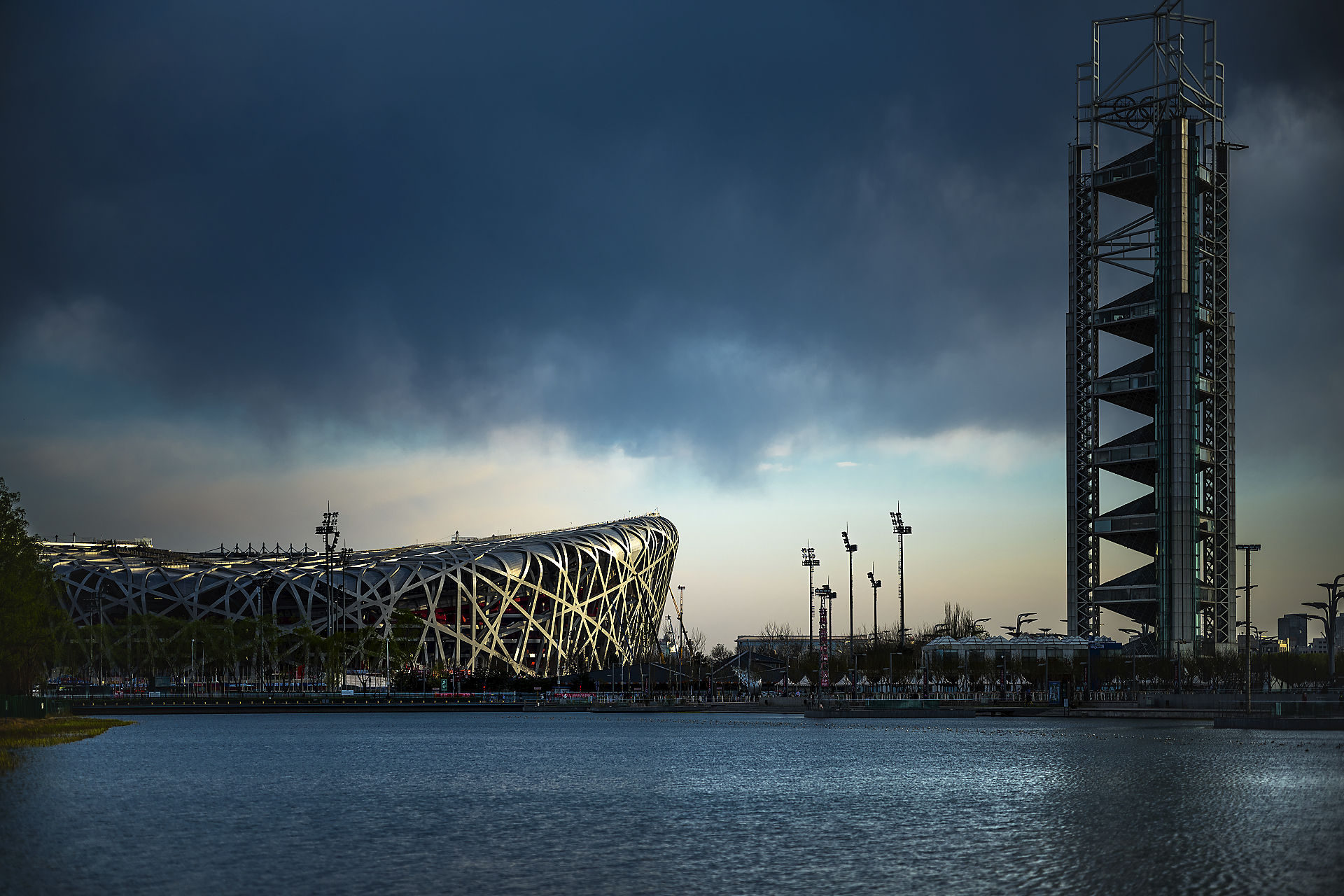
GFX 50S in Beijing
Back in March I wrote an article on using 35mm lenses on the Fujifilm GFX 50S. Although the lens and camera setups worked extremely well, I didn’t think I would be able to purchase so suddenly after the launch. Lo and Behold, with help from Fujifilm Canada and Vistek, I was able to secure a GFX 50S the day before I left for Beijing.
There was just one problem. I didn’t order any lenses with the body. With two Fotodiox (Nikon G and Canon EF) adapters ordered a week before, I frantically tested the 35mm and vintage 645 lenses I had while packing.
The Otus 85mm stayed on the camera most of the time in Beijing. Zeiss engineers and literature have hinted that the image circle was increased to allow for the maximum image quality even when shot wide-open. On the 44x33mm GFX 50S sensor, the lens behaved similarly to that of a 67mm f/1.1 lens on 35mm cameras. With it’s spectacular close-up performance (floating element design with a MFD of 0.8m) and apochromatic qualities (absent of purple fringing or bokeh fringing), the images produced had a surreal look with true-to-life colours. We had a chance to visit the Liqun Roast Duck Restaurant near Tiananmen Square for some traditional peking duck. All the images, with the exception of the wide-angle of the kitchen interior, were shot with the Otus 85mm.
Each lens had their strength and weaknesses. The Otus 85mm f/1.4 was a bulky yet clinically sharp lens free of any CA (APO design). The Tokina 90mm f/2.5 was quickly adjusted to ensure that the plane of focus was perfectly parallel to the sensor, for best performance in landscapes and detail shots (more on this to come later). For a wide-angle perspective, I had the Canon 24mm f/3.5L TS-E II and the Mamiya 55mm f/2.8 N attached to a Mirex M645-EF T/S adapter. Both featured the shift function that I desired for correcting perspective distortion. Finally, the Pentax Super Takumar 35mm f/3.5 was used for artistic close-ups as it had strong vignetting and detail fall-off in the corners.
The set of 35mm lenses on the GFX 50S exceeded my expectations. It forced me to shoot in a more deliberate and careful manner, just like I would with a medium or large format analogue camera. The mirrorless design along with the EVF are game-changers in the world of digital medium format; one could accurately focus (especially for fast 35mm lenses) and assess the exposure before pushing the shutter button. I planned to use this camera exclusively for bridal portraits and landscapes, but it has proved of being more capable than that. Coming up next will be an extensive article on using the GFX 50S with the same set of lenses in Tokyo.

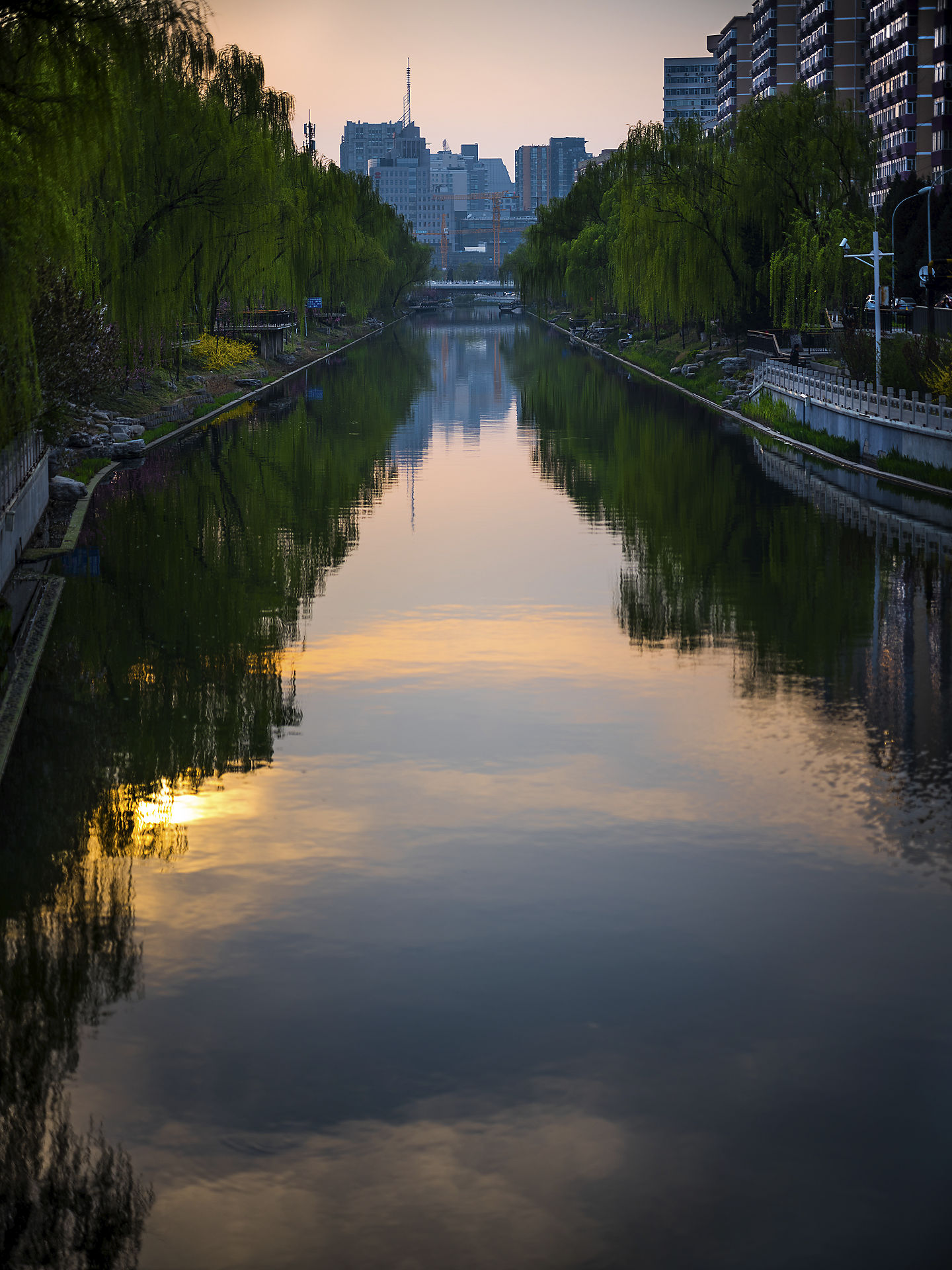
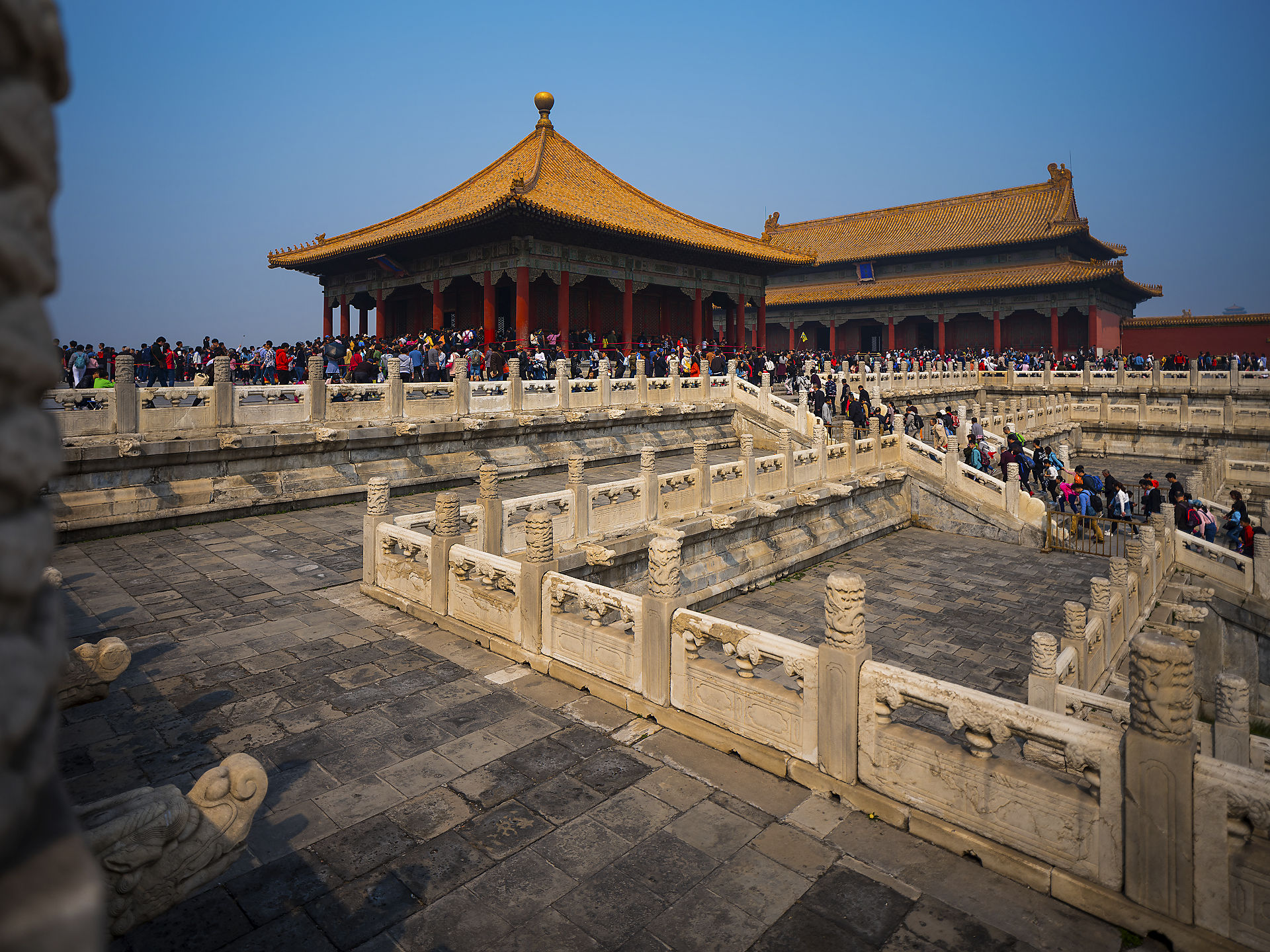



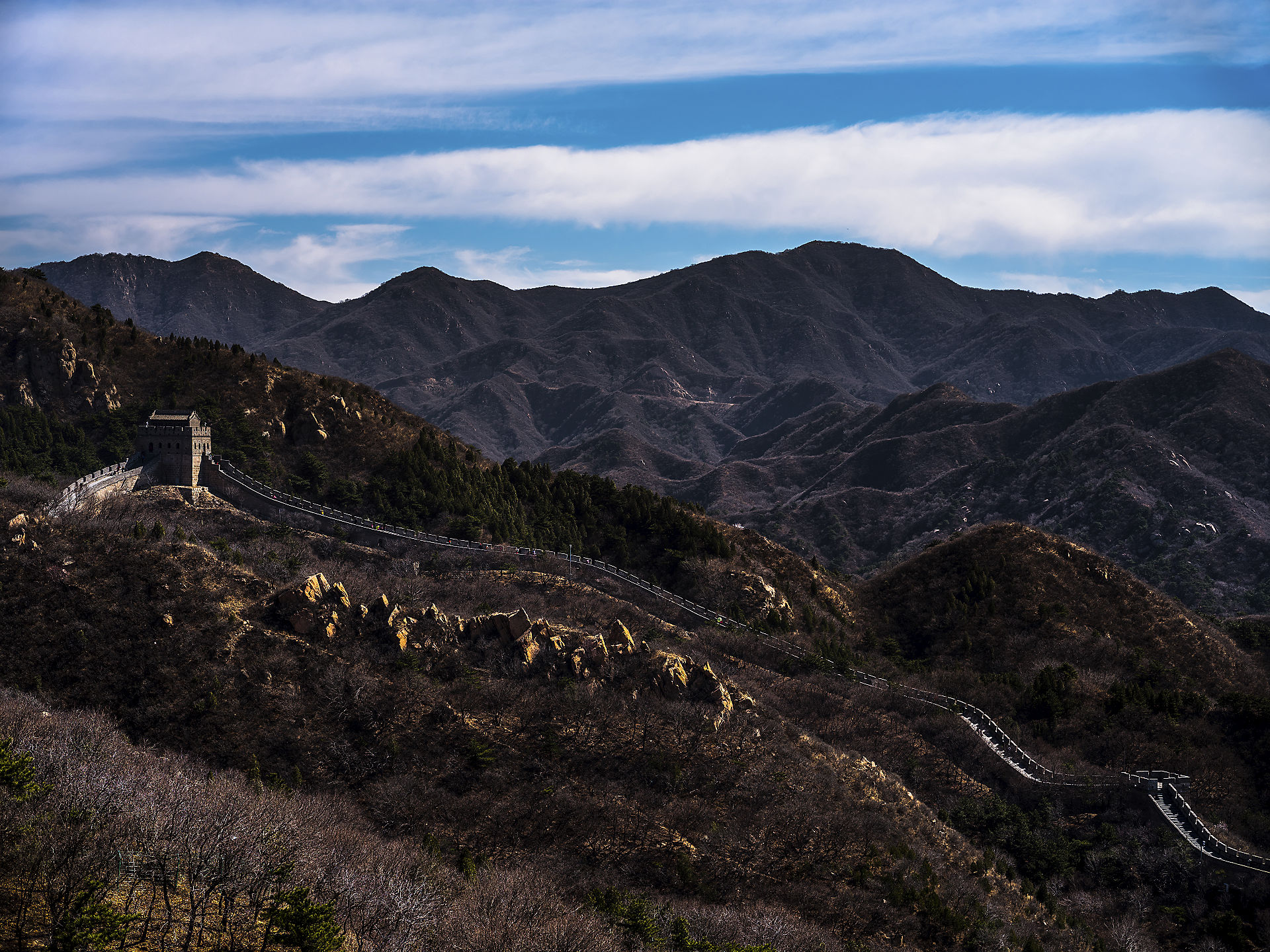

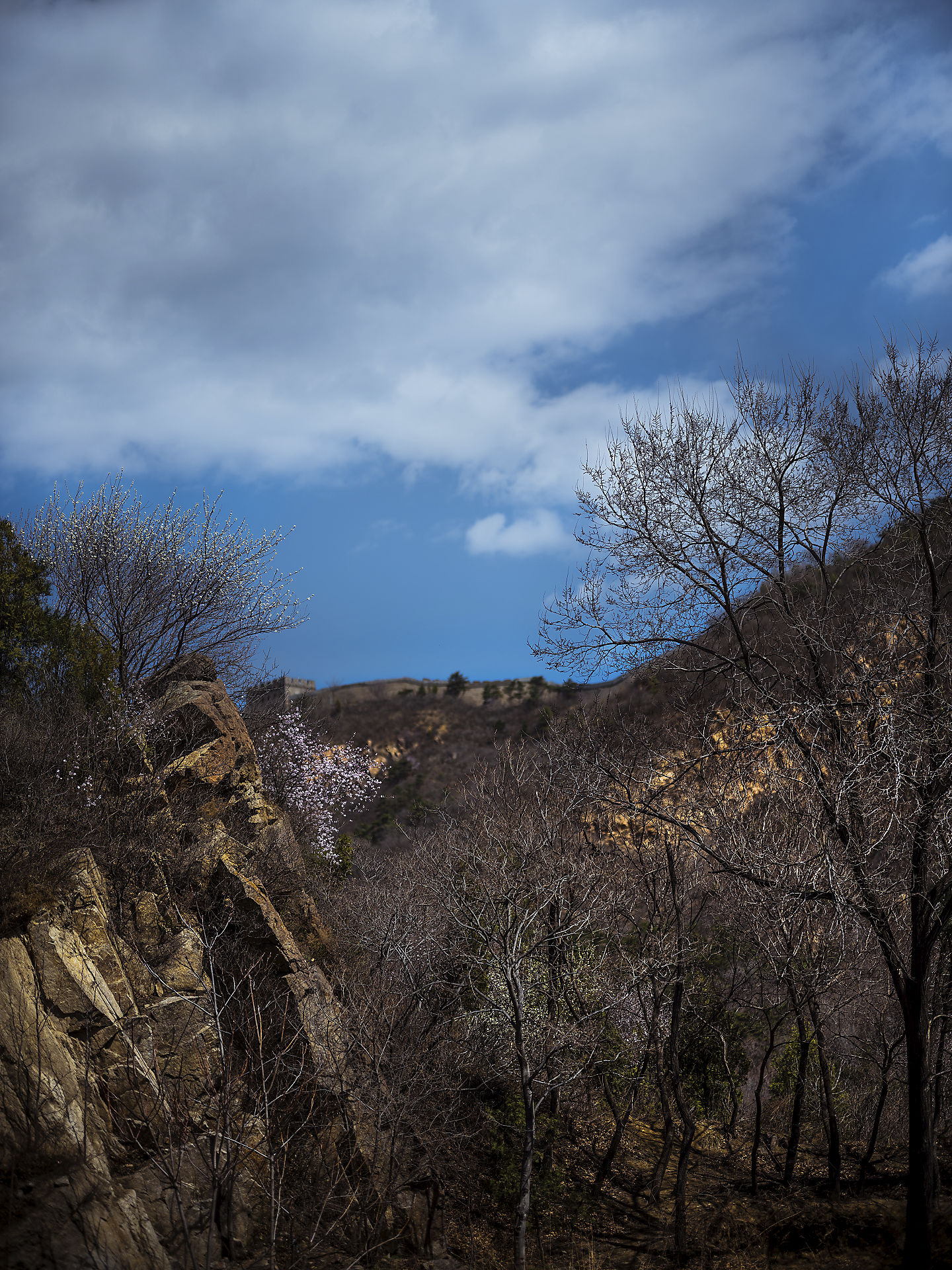

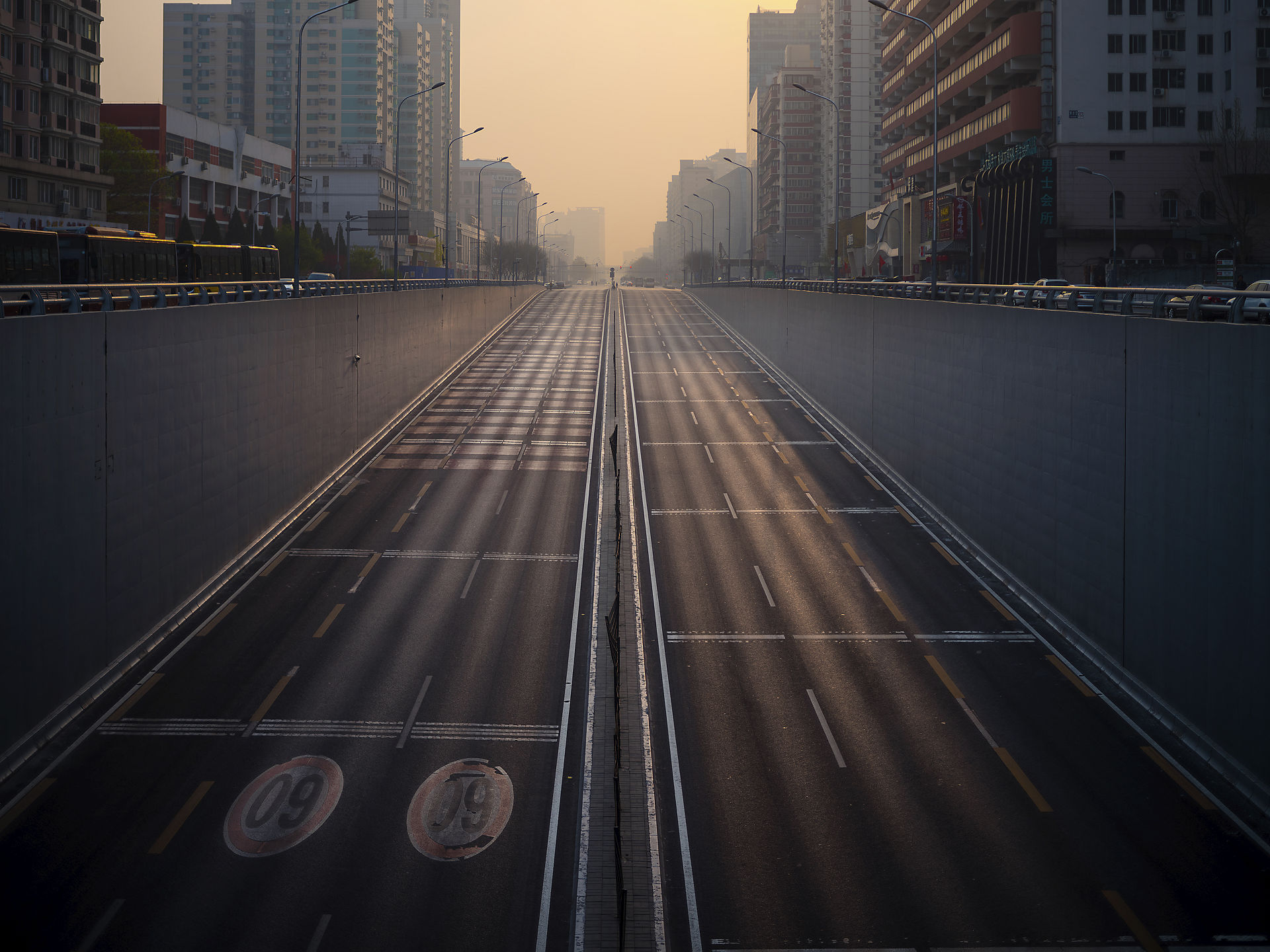

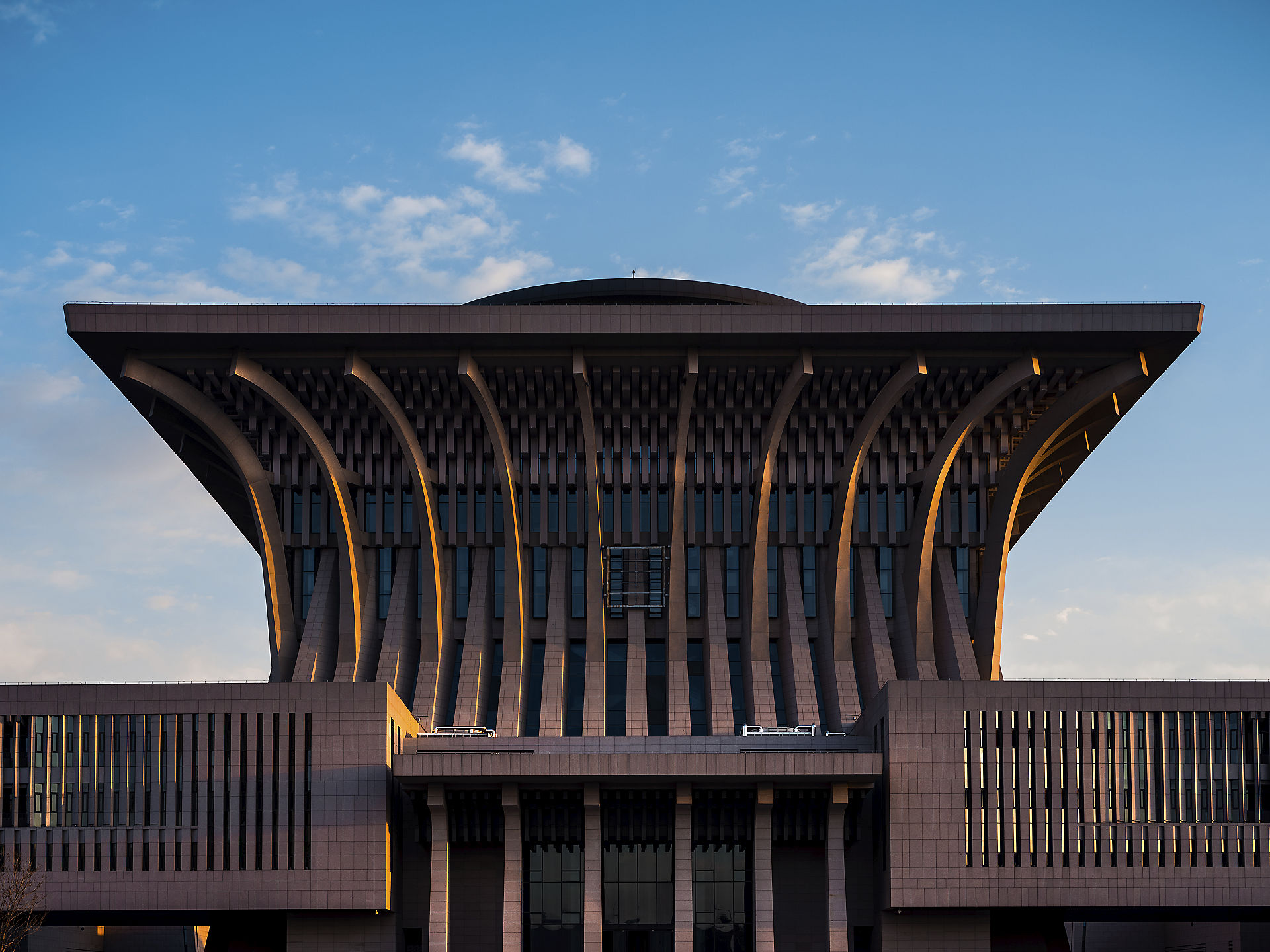
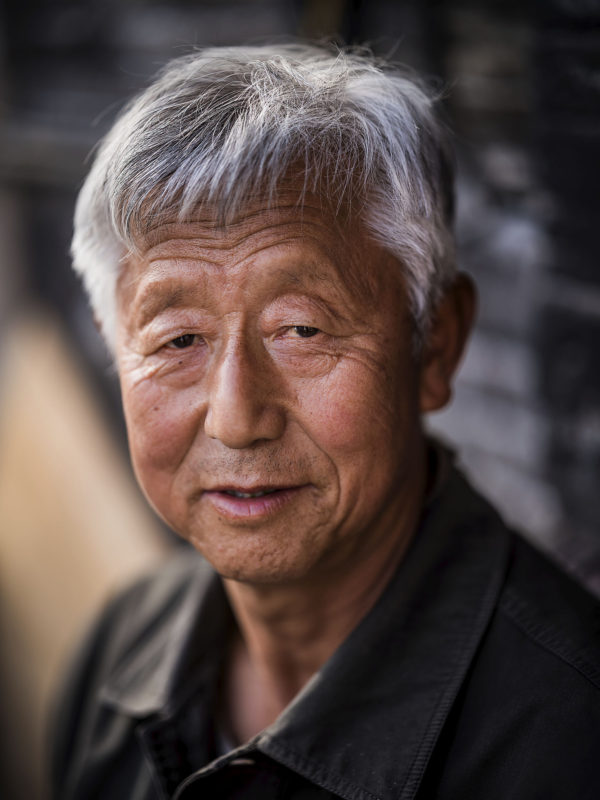

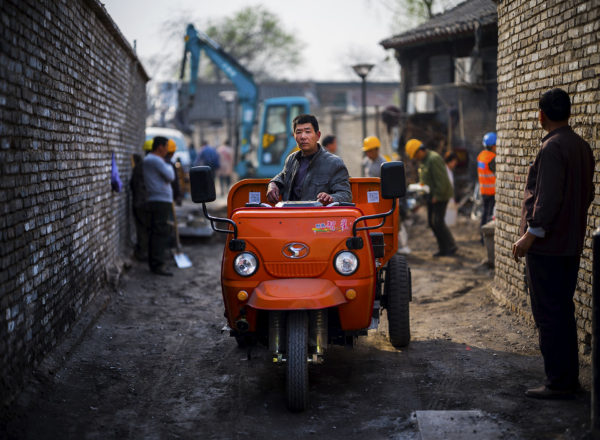


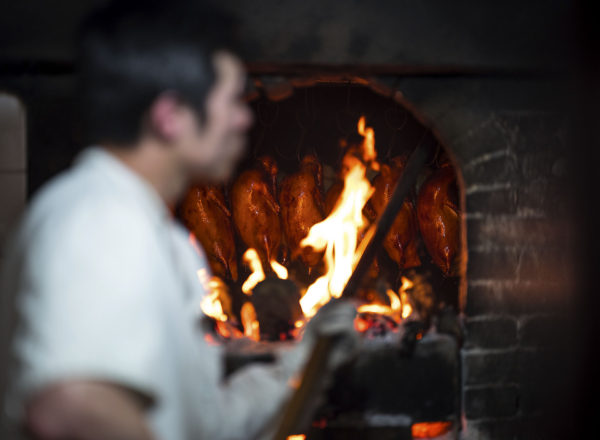
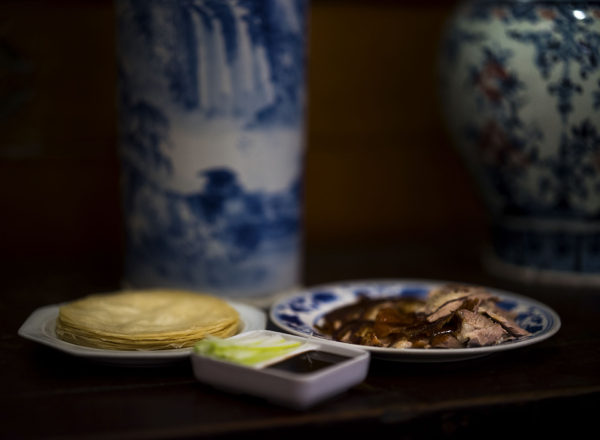


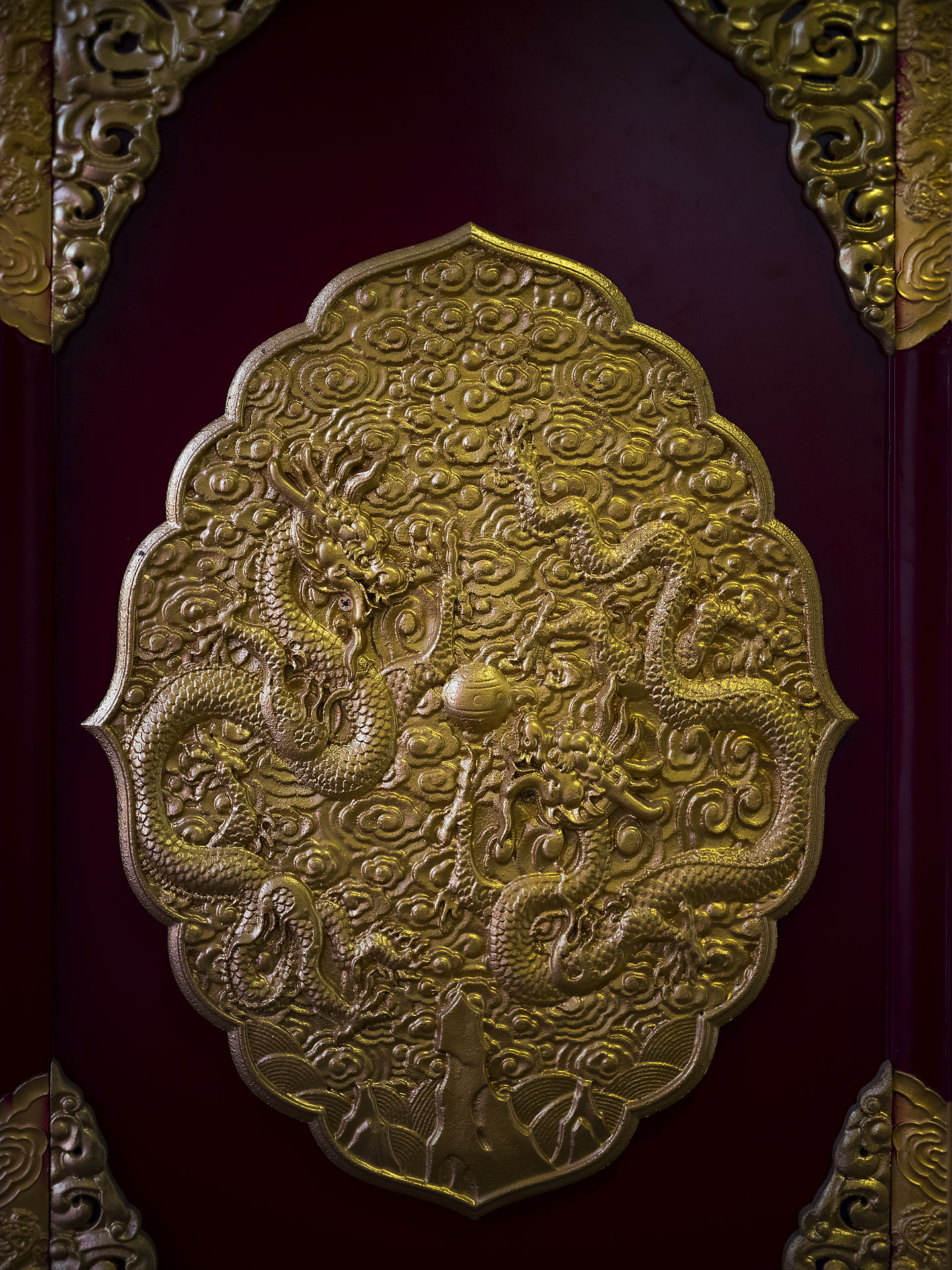
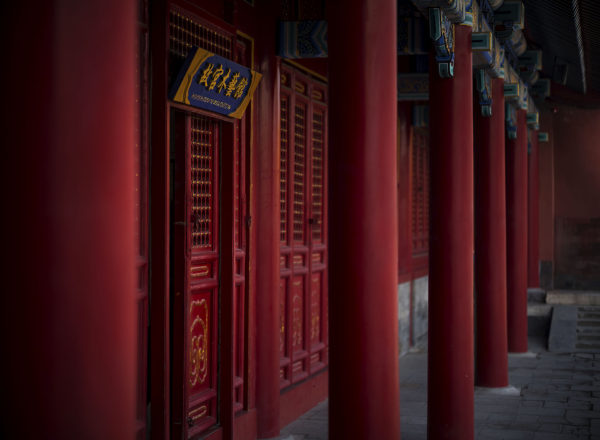
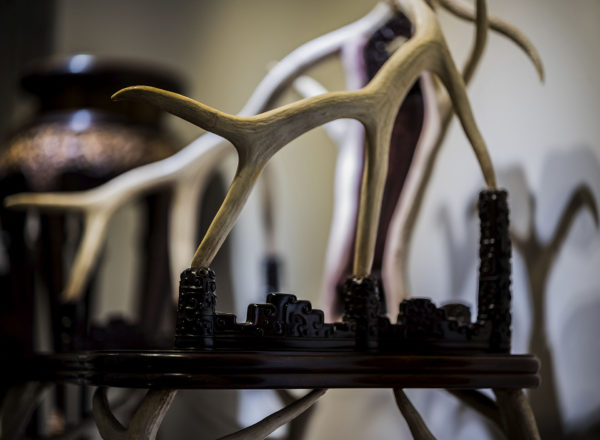




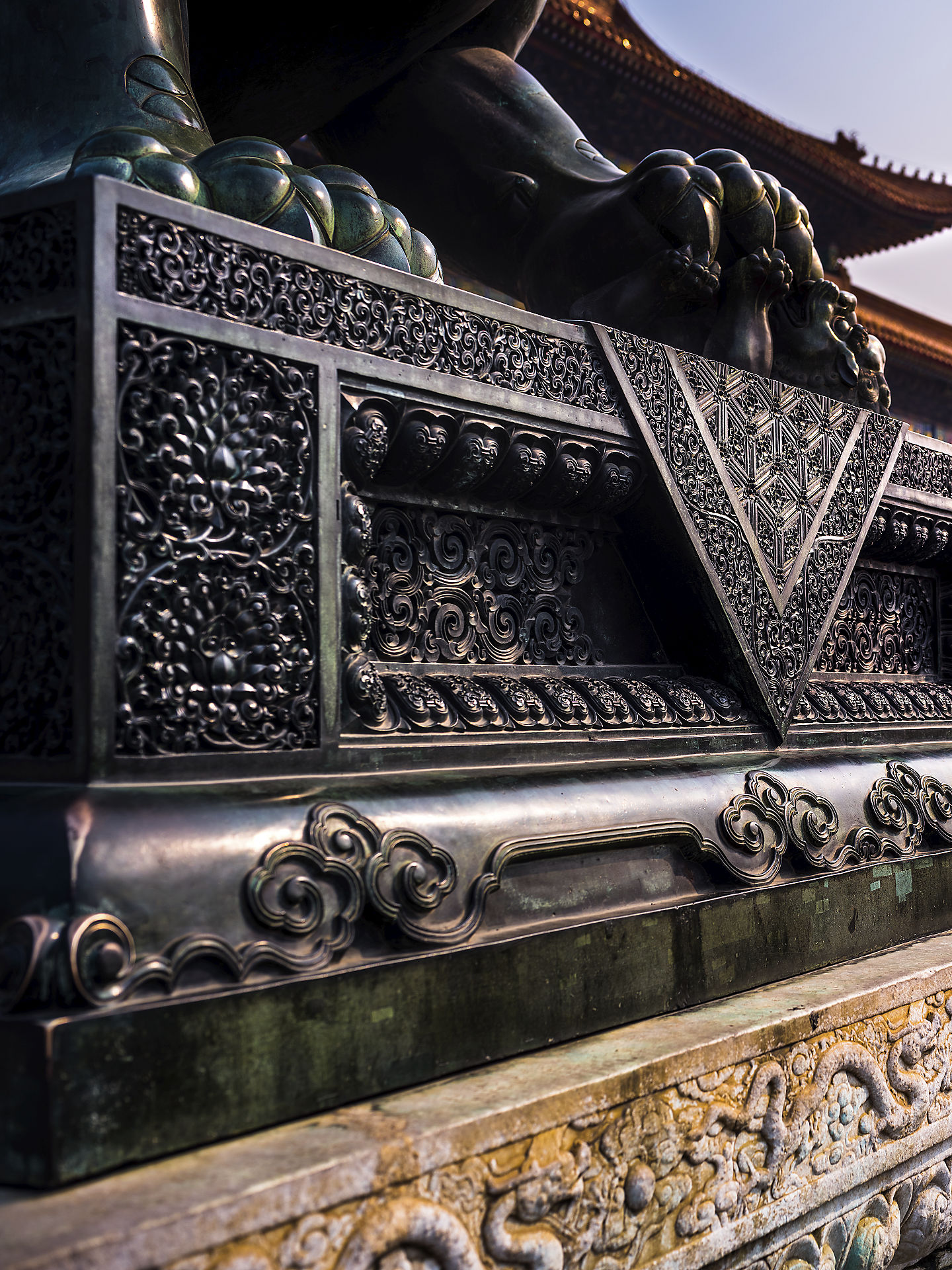

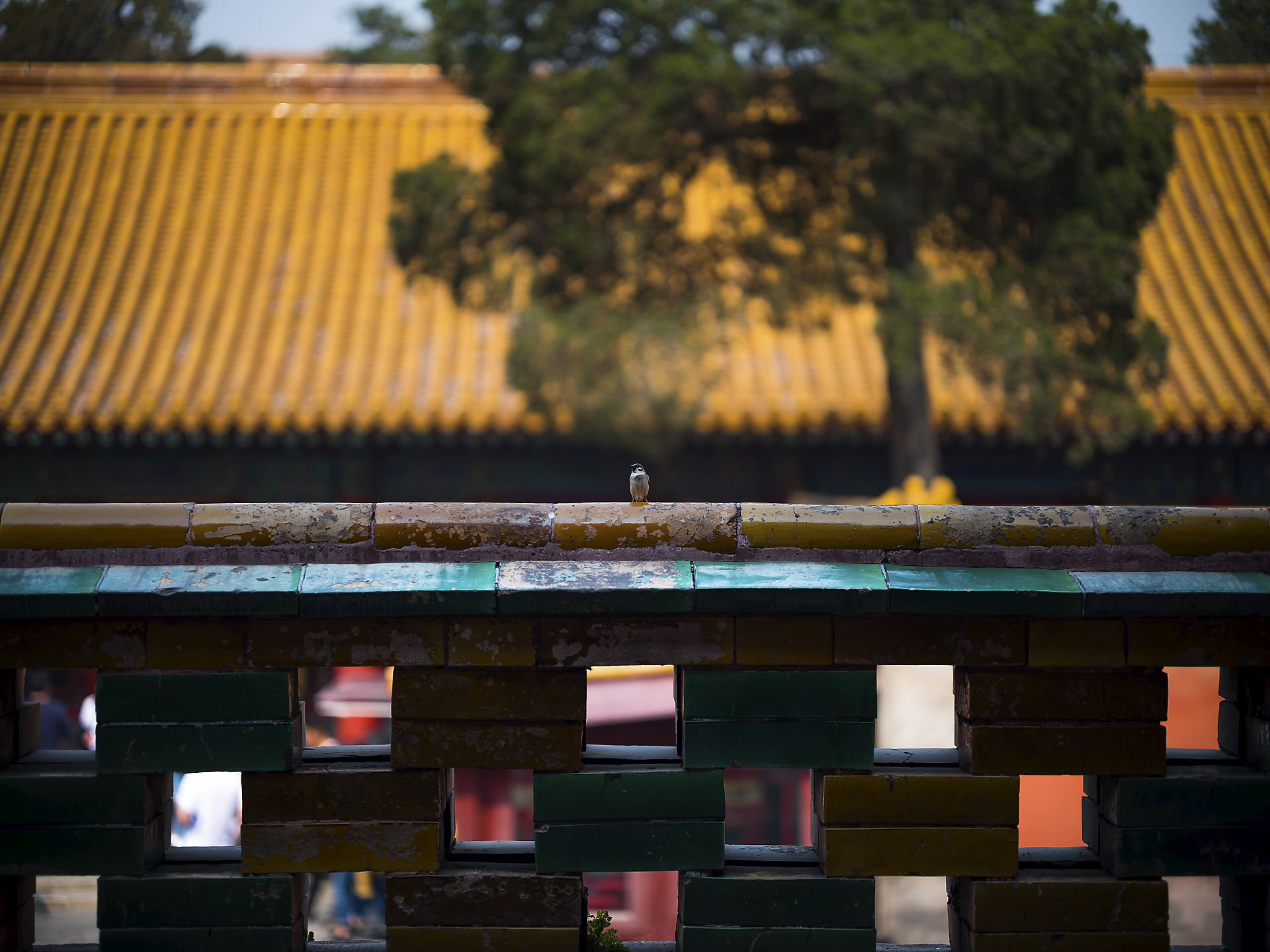
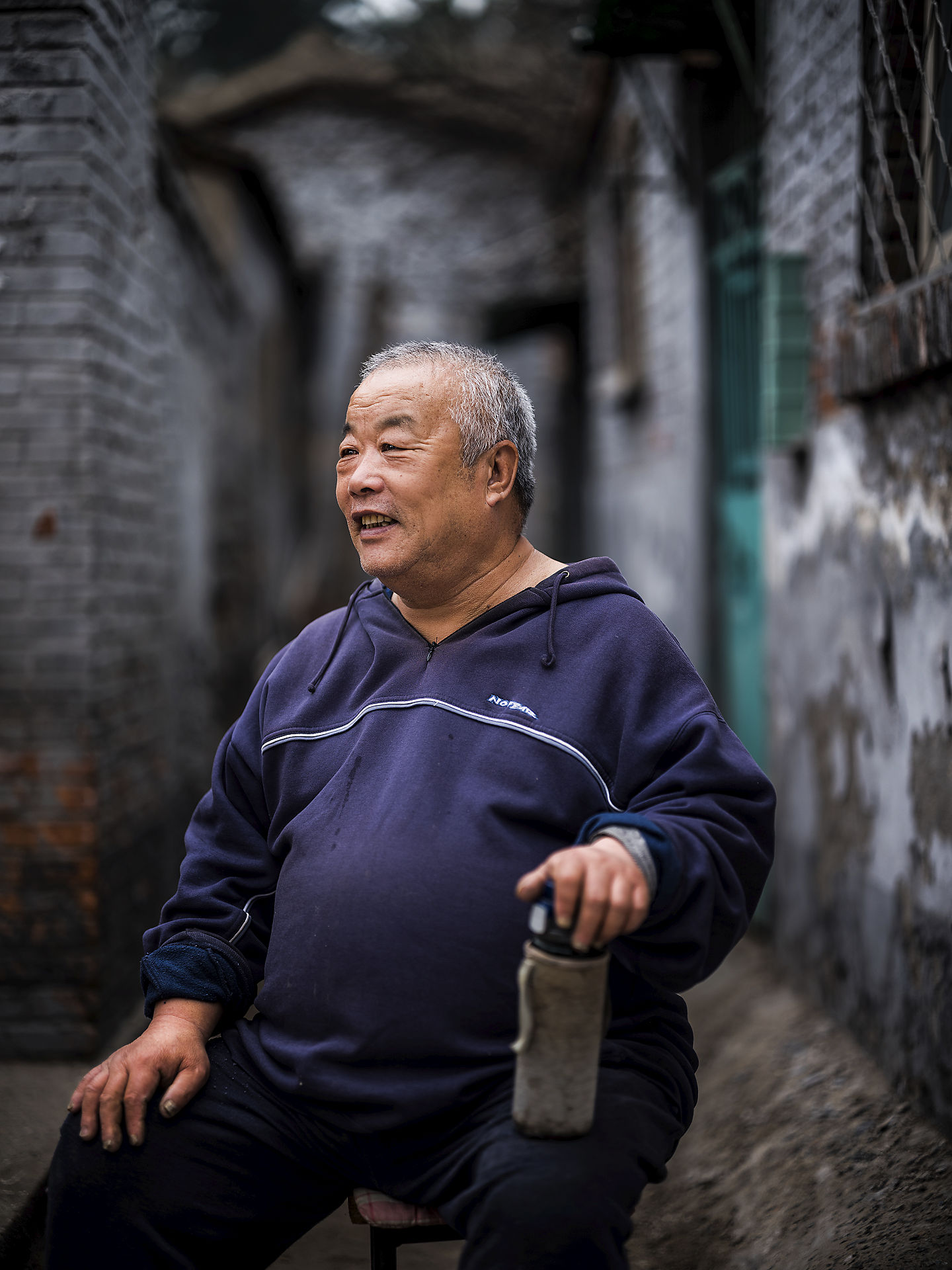
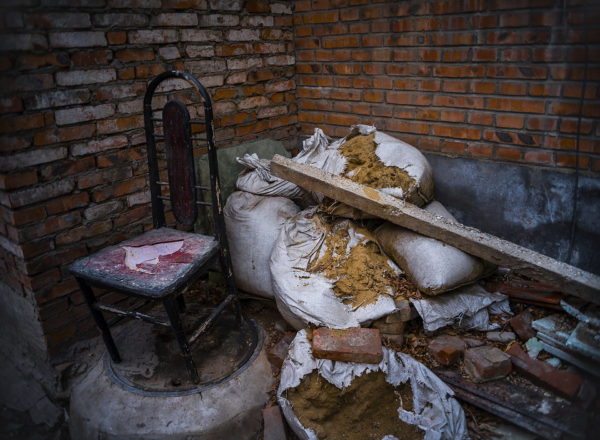
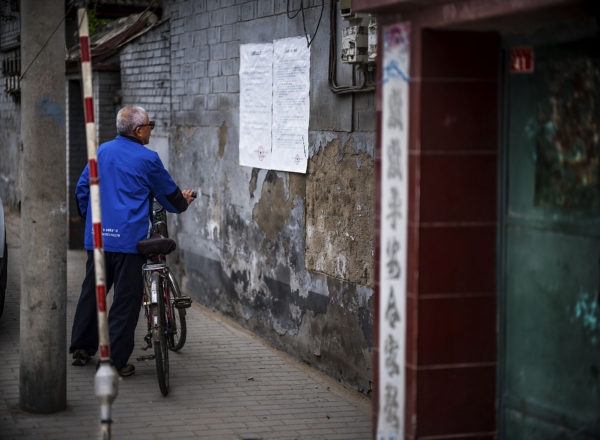


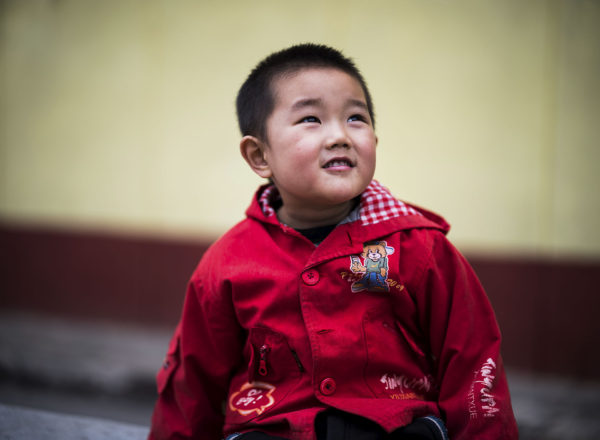
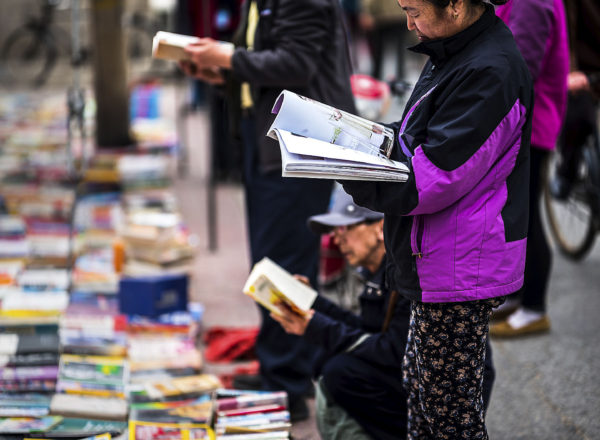

May 12th, 2017 ·
Great set of photographs. Though I loved the photos, it would have been nice to read a bit more of your user experience. The ability to use a wide assortment of lenses with such a wonderful sensor is indeed a great opprotunity. Thanks for posting. Look forward to you Tokyo article.
May 12th, 2017 ·
Thank you Jim! I will keep that in mind, and the next article will describe the experience of using the setup more in-depth as well as my post-processing workflow.
May 12th, 2017 ·
Thanks for sharing a great and beautiful set of images.
I will come back !
Rudi A.
May 12th, 2017 ·
Awesome. Thanks for the kind words Rudi!
May 12th, 2017 ·
while I do appreciate the quality of the images coming out of those lenses, I feel a lot has to do with how you processed those images. I am looking forward to reading about your workflow.
May 16th, 2017 ·
Hi Harvey! Thanks for checking out this blog. I do agree with you that processing has a lot to do with how the images will turn out, but the sensor, lenses, subject, all play significant roles too. I’ll go more into more detail on post-processing on my next one for sure though!
May 12th, 2017 ·
Thanks for all the effort you put into this Andy,
Really appreciate it.
May 16th, 2017 ·
Thanks Peter! More to come later 🙂
May 17th, 2017 ·
Great Pictures! Governmental me more of them!
February 8th, 2018 ·
Thank you Andrea!
July 18th, 2017 ·
Great set of photographs indeed!
A question, since I am especially interested in the GFX applied to architecture: The image that opens the post (for which there is no info), was it done with the Mamiya 55 + shift, or was it the Otus with perspective correction in post-production?
February 8th, 2018 ·
Thank you Joseph!
The cover image is done with the Otus 85mm without any perspective correction. Hope this helps!
December 20th, 2017 ·
Stunning work… really loving how rich these shots are.. looking forward to seeing more from the zeiss otus 85 in Tokyo!
also interested in reading more on your setup/post workflow… keep up the awesome work!
cheers
February 8th, 2018 ·
Thank you Charles!
We are actually heading to Tokyo again in a week, will be combining photos from last year for a blog soon. Setup and post workflow are definitely on the list, looking to dedicate more time to posting this year!
September 27th, 2018 ·
[…] posted at akpo.ca by Fujifilm GFX Owners Group Member Andy […]
June 25th, 2020 ·
Beautiful compositions and tasteful processing.
January 21st, 2024 ·
napbaq
February 9th, 2025 ·
hd5xfa
February 16th, 2025 ·
rilgof
April 23rd, 2025 ·
3f5686
September 16th, 2025 ·
1mslqy
September 17th, 2025 ·
isapke
September 24th, 2025 ·
114yw9
October 3rd, 2025 ·
rx2cmz
October 6th, 2025 ·
xd6m0r
October 9th, 2025 ·
f7cc6i
October 19th, 2025 ·
n7xhxm
October 22nd, 2025 ·
l05vs9
October 25th, 2025 ·
nzk12w
December 21st, 2025 ·
qz4ay9